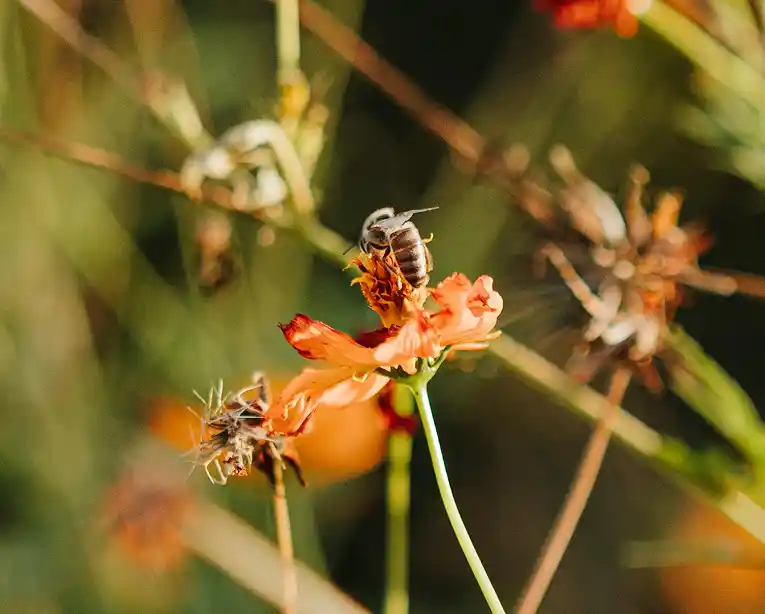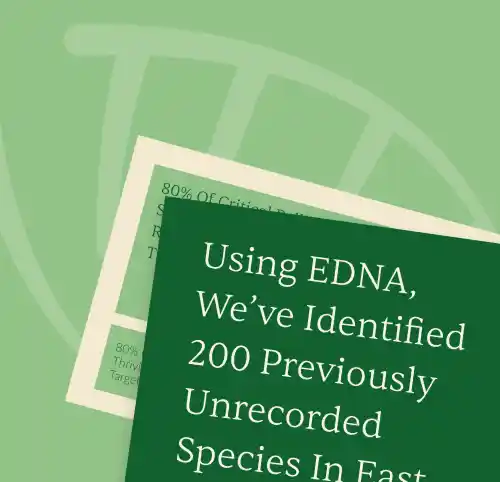Introduction
Pollinators are the unsung heroes of biodiversity, playing a vital role in maintaining ecosystems and supporting food security. However, habitat loss and environmental pressures in East Africa were driving pollinator populations to critical lows. Tarakimu collaborated with local communities and scientists to design a data-driven restoration plan that not only saved pollinators but also rejuvenated the entire ecosystem.
The Challenge
Declining Pollinator Populations
A 40% decrease in bee species in the targeted region over the past decade.
Degraded Habitats
Widespread deforestation and monoculture farming had eroded natural nesting and feeding grounds.
Community Dependency
Local communities relying on agriculture were directly affected by reduced crop yields due to insufficient pollination.


Our Approach
Data-Driven Habitat Analysis
Leveraging eDNA technology, Tarakimu mapped biodiversity hotspots and identified critical pollinator species in need of immediate support.
Collaborative Habitat Restoration
Worked with local stakeholders to plant 50,000 native flowering plants, reintroduce nesting structures, and establish pollinator-friendly zones.
Ongoing Monitoring and Support
Designed a monitoring framework using real-time data to track pollinator populations and measure ecological recovery.

Our Approach
Data-Driven Habitat Analysis
Leveraging eDNA technology, Tarakimu mapped biodiversity hotspots and identified critical pollinator species in need of immediate support.
Collaborative Habitat Restoration
Worked with local stakeholders to plant 50,000 native flowering plants, reintroduce nesting structures, and establish pollinator-friendly zones.
Ongoing Monitoring and Support
Designed a monitoring framework using real-time data to track pollinator populations and measure ecological recovery.




